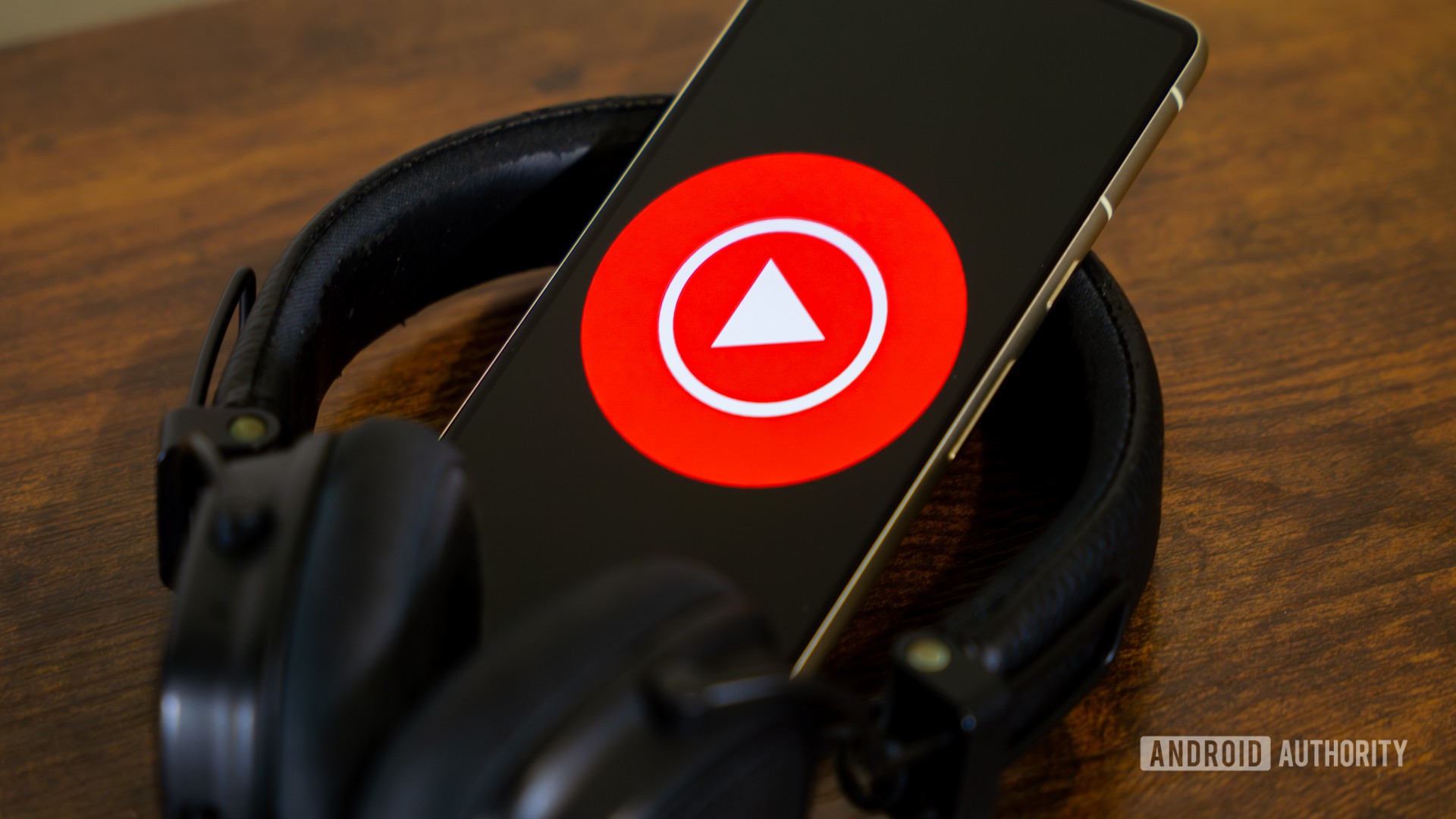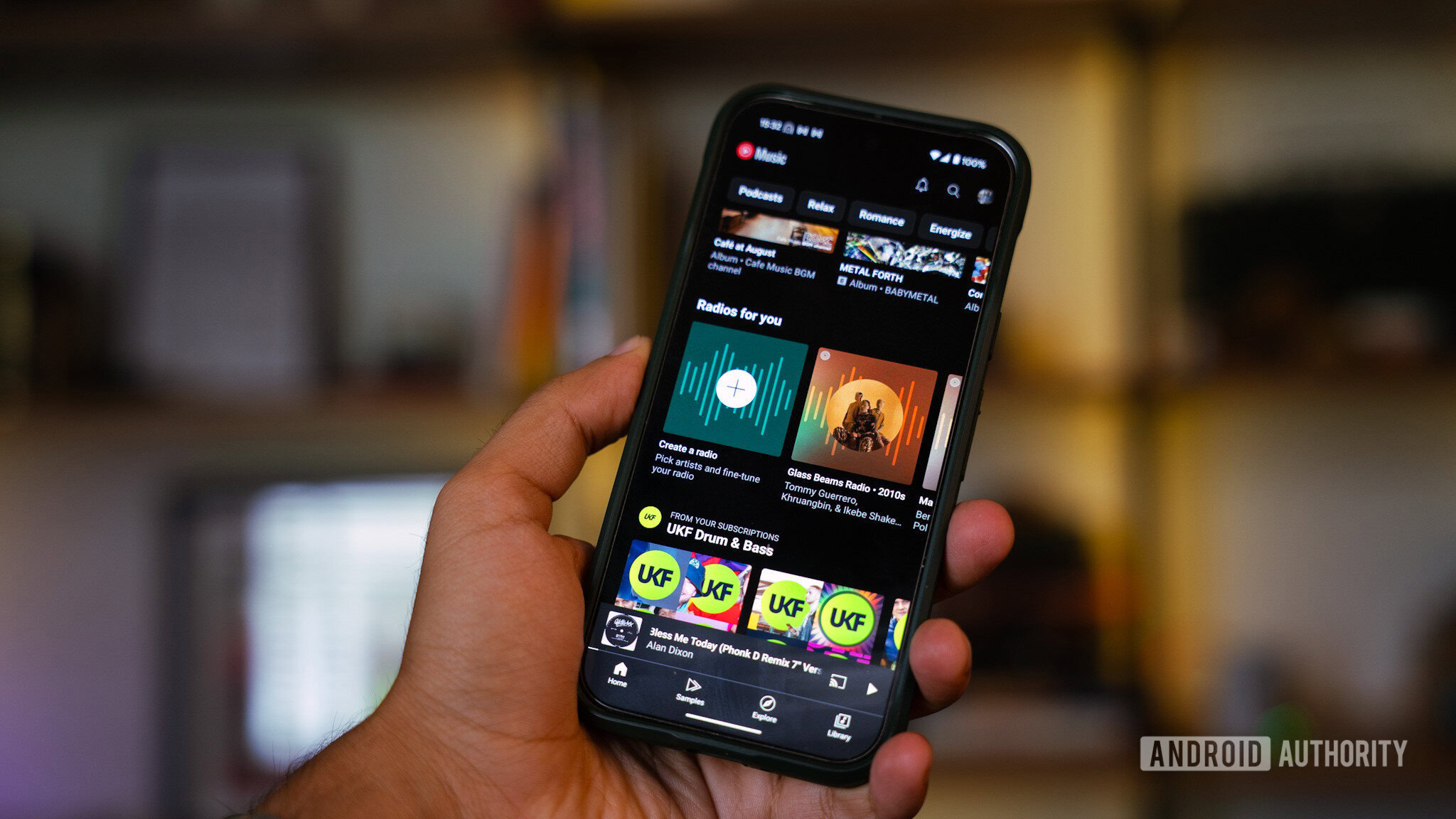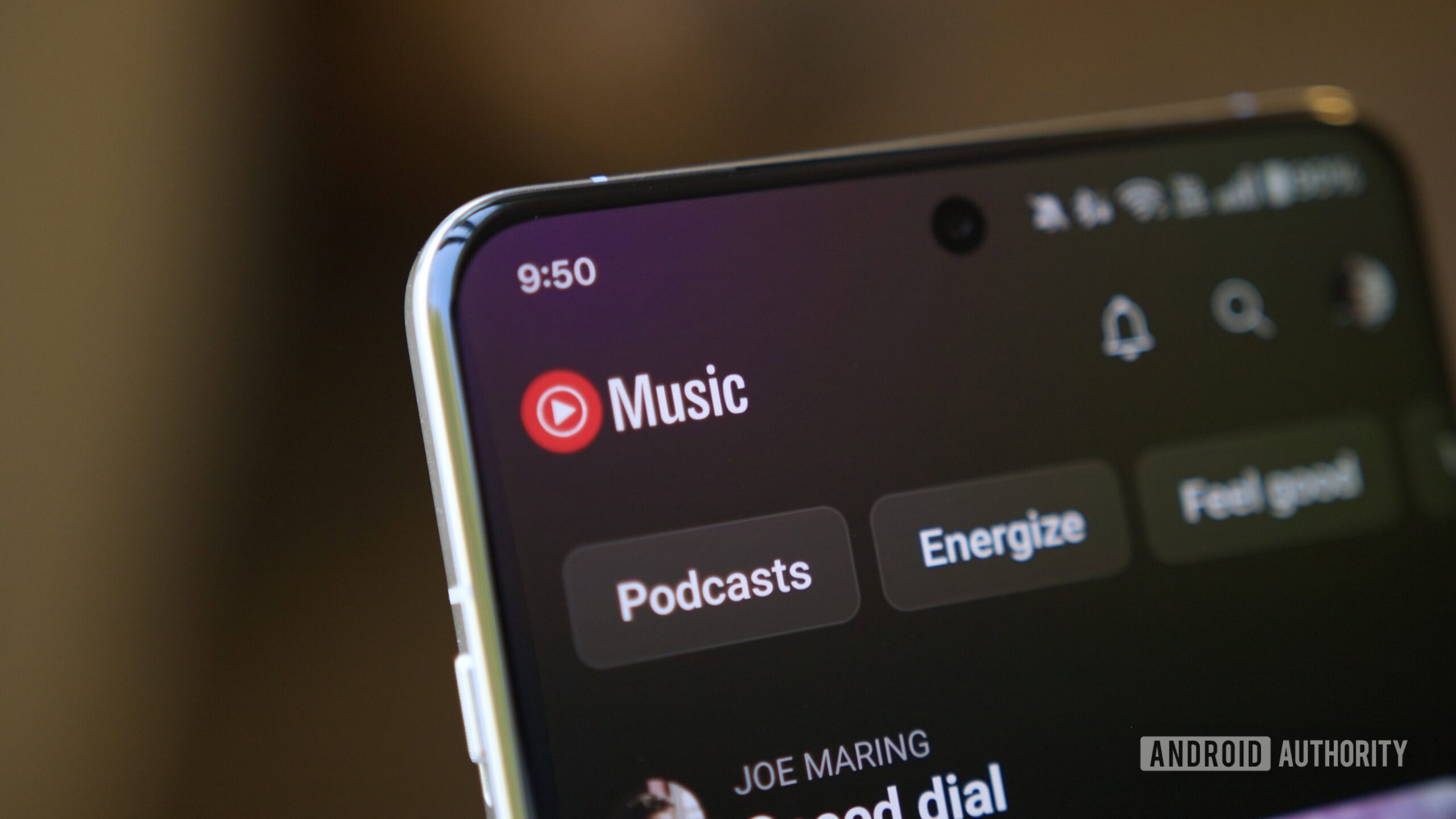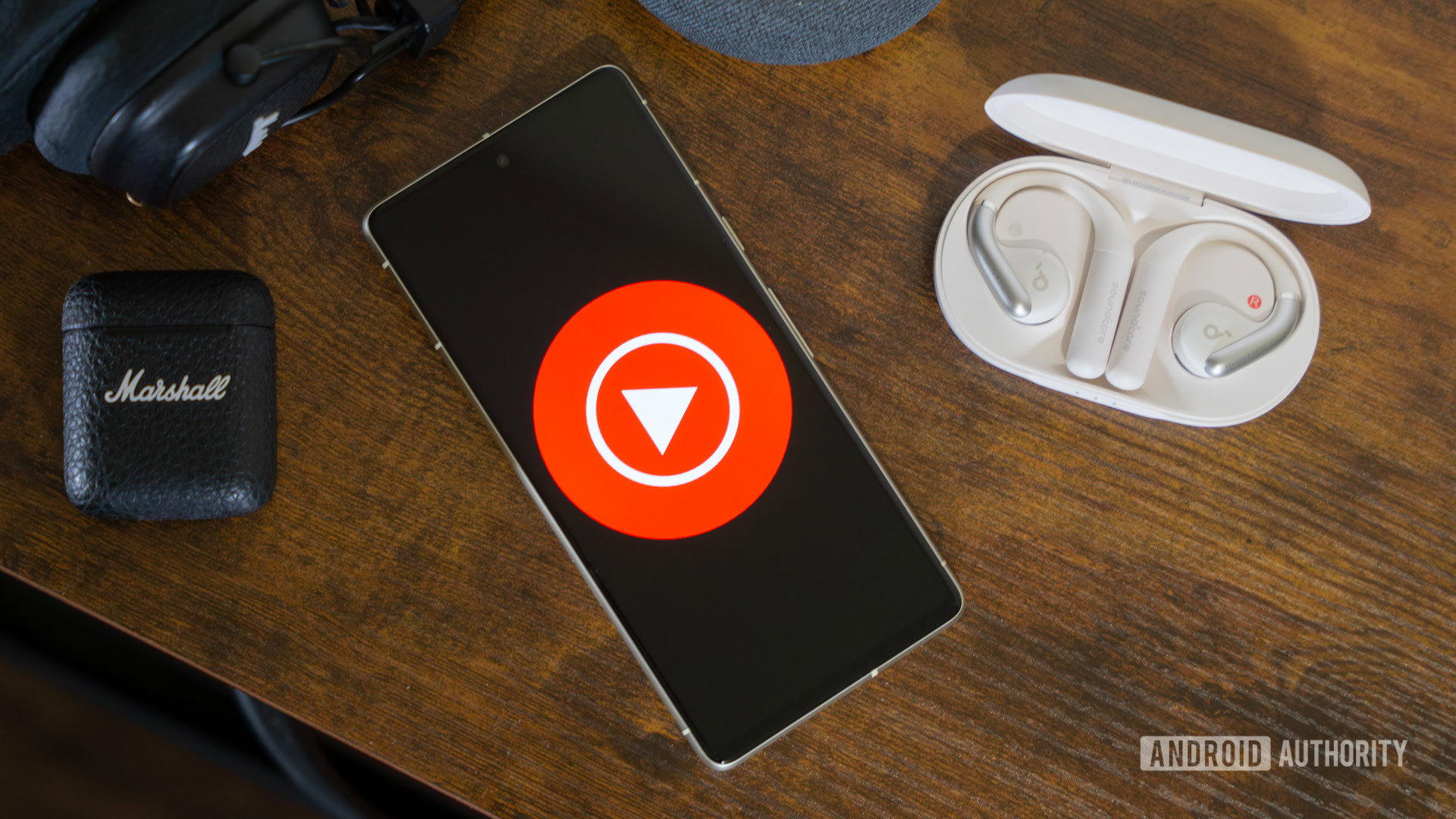All products featured are independently chosen by us. However, SoundGuys may receive a commission on orders placed through its retail links. See our ethics statement.
YouTube Music beats Spotify at the one thing that matters most
October 25, 2025

Like many people, I pay for YouTube Premium. After a two-month free trial of the service that came bundled with some product I purchased, there was just no going back to watching ads. For me, the $13.99 per month is worth it to avoid those five-second countdowns and mid-roll interruptions and get straight to the content I want to watch. Not to mention avoiding the number of hours of my life wasted watching commercials. But this article isn’t about ads; it’s about YouTube Music, which came bundled with my Premium subscription. Initially, I completely ignored it. Why would I use it? I already had Spotify Premium, and I’d spent years building playlists and training its algorithm to understand my taste.
I came for Premium, but stayed for the music.
Then, one evening, I don’t even remember why, I opened YouTube Music out of curiosity, because, hey, I’m getting it for free, so I might as well check it out. I started a radio station based on a single song — some obscure indie track I’d been obsessing over. Three hours later, I was still listening. I’d discovered ten new artists that perfectly matched the vibe, each one smoothly transitioning from one track to the next. The algorithm had taken me on a journey through genres I didn’t even know existed and was quickly catching up on.
Shortly after, I realized something had changed. I’d been opening YouTube Music more than Spotify. Now, almost a year later, the Spotify icon sits buried in a folder on my phone. YouTube Music has become my default, and honestly, I can’t see myself going back.
Which music streaming service do you prefer?
Stuck in Spotify song loops

One of my frustrations with Spotify’s algorithm is that it plays it way too safe. Sure, Discover Weekly is fine. It’s a solid playlist that drops every Monday with some decent recommendations. But it’s just that — a once-a-week thing. It’s static. You listen through it, maybe save a few songs, and then you’re back to your same rotation until next Monday.
The real problem is Spotify’s radio function, which is supposed to be a better discovery tool. It’s fundamentally broken. You start a station based on a song you love, and for the first five or ten minutes, things seem promising. Then, without fail, it pivots to mainstream chart-toppers that have nothing to do with what you were listening to.
I tested this recently. I started a radio station based on an Animals As Leaders track — progressive instrumental metal with complex polyrhythms. Within thirty minutes, Spotify had pivoted to generic metalcore bands and Periphery. Nothing wrong with Periphery, but they weren’t exactly the instrumental, jazz-fusion vibe I was going for.
It felt less like Spotify was understanding my taste and more like it was just pattern-matching “heavy guitar music.” Other times, it feels like Spotify pads my playlists with whoever had a marketing budget that week. That leaves me having to do the work to curate playlists, which completely defeats the purpose of having a “music discovery” platform.
A decade of data makes a difference

YouTube Music has the (perhaps unfair) advantage of knowing over a decade of my YouTube watch history. It knows which songs I’ve replayed fifty times. It knows which tracks I skip within five seconds. It knows what music videos I watch at 2 am when I can’t sleep. It knows what live performances I’ve hunted down in obscure corners of the internet. This implicit behavioral data is far more valuable than Spotify’s explicit “likes” and “saves.”
But the real game-changer is YouTube Music’s tuner feature — something Spotify simply doesn’t have. Before your radio station even starts, you can adjust exactly how adventurous you want the algorithm to be. There’s a slider for artist variety, letting you choose between a narrow focus or a wide range of acts. You can toggle between discovery mode and familiarity mode depending on your mood. You can filter by popular tracks, deep cuts, or new releases. In short, it takes requests but also knows how to surprise me.
Here’s an example. A few weeks ago, I started a radio based on a Tortoise track — instrumental post-rock with jazz influences. Over the next hour, YouTube Music introduced me to Japanese math rock bands like toe, then pivoted to 65daysofstatic’s glitchy electronics, before landing on some prog-leaning King Crimson deep cuts. I was impressed by how it maintained the instrumental, complex vibe without staying locked into a single genre.
By the end of that session, I’d saved half a dozen tracks from artists I’d never heard of before. If I’d tried the same thing on Spotify, it would’ve played Tortoise’s most popular songs on repeat, then jumped to Explosions in the Sky — the safe, predictable post-rock choice everyone already knows.
Spotify optimizes for comfort. YouTube Music optimizes for curiosity.
The difference is subtle but massive. Spotify optimizes for “don’t make the user skip.” YouTube Music optimizes for “keep them engaged and discovering.” One approach keeps you comfortable. The other keeps you curious. But there’s another advantage YouTube Music has that nobody really talks about: the library itself.
Most streaming services pull from official studio releases and licensed content. YouTube Music does that too, but it also taps into YouTube’s entire video catalog. That means you can stream live performances, DJ mixes, bootlegs, acoustic versions, alternate takes, slowed and reverb remixes, and regional music from artists too small to get official distribution deals.
When I like a song on YouTube, it is automatically added to my YouTube Music library. I can switch seamlessly between listening to the audio version and watching the music video. No other streaming service offers this kind of flexibility, and once you get used to it, going back feels restrictive.
Why I’m not going back

While I didn’t exactly choose YouTube Music in the traditional sense – it was an unexpected perk that came with YouTube Premium – even if it cost extra, I’d probably pay for it now. That’s how much the discovery experience has won me over.
As it is, the math actually makes a lot of sense. YouTube Premium costs $13.99 per month and includes both ad-free YouTube and YouTube Music. Spotify Premium is $11.99 per month for just music streaming—you’re still watching YouTube ads. For an extra two dollars, you get a superior discovery algorithm and eliminate ads from the platform you’re probably using daily anyway.
YouTube Music doesn't just know what I like—it knows what I'll like next.
Google made a clever move here. They didn’t try to beat Spotify purely on features or marketing. They bundled YouTube Music with something millions of people were already paying for, then made the service good enough that people like me chose to use it over the competition.
Music streaming, for me, is fundamentally about discovery. I don’t want to hear the same thirty songs on repeat for months. I don’t want to spend hours manually creating playlists for every possible mood. I want to hit play and be genuinely surprised by what comes next. YouTube Music does that better than anyone else right now, and it’s the one that keeps me listening, discovering, and staying curious about music.

Thank you for being part of our community. Read our Comment Policy before posting.